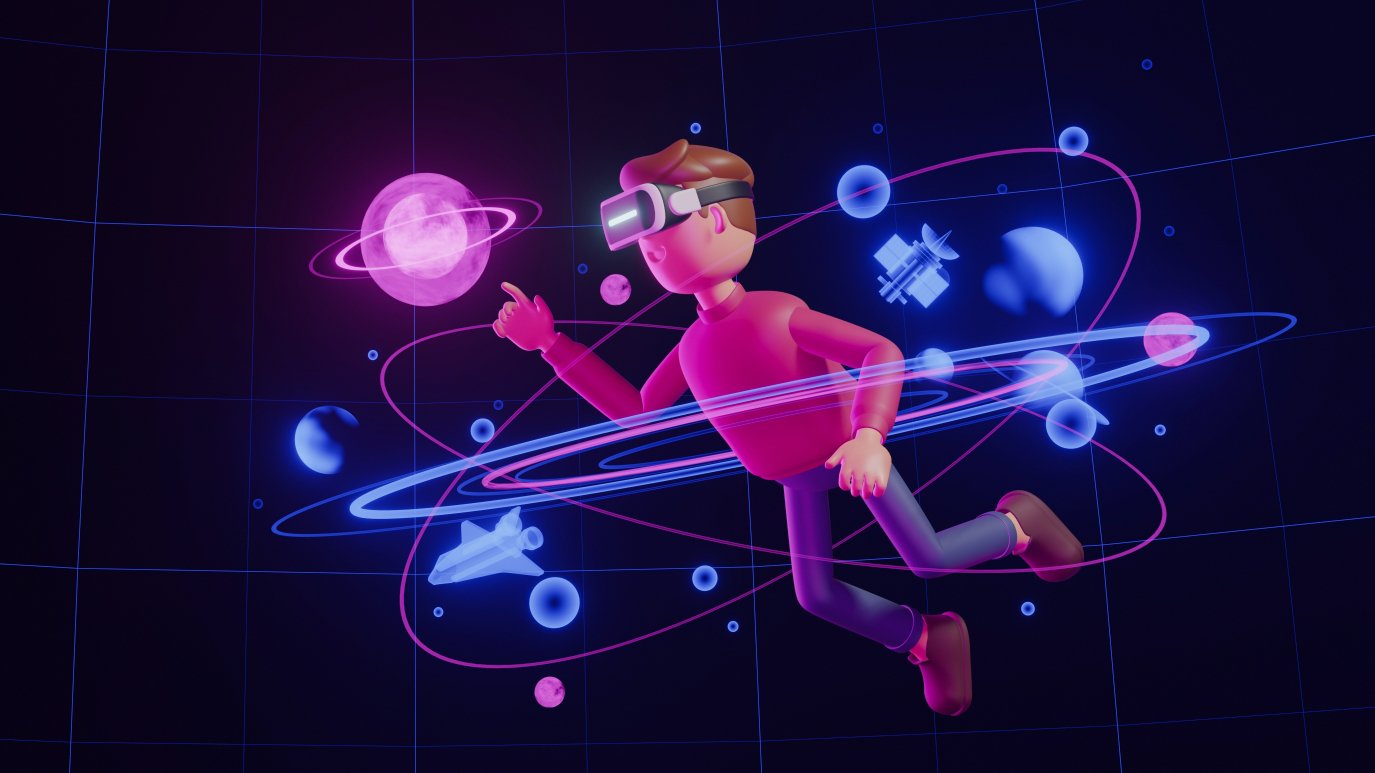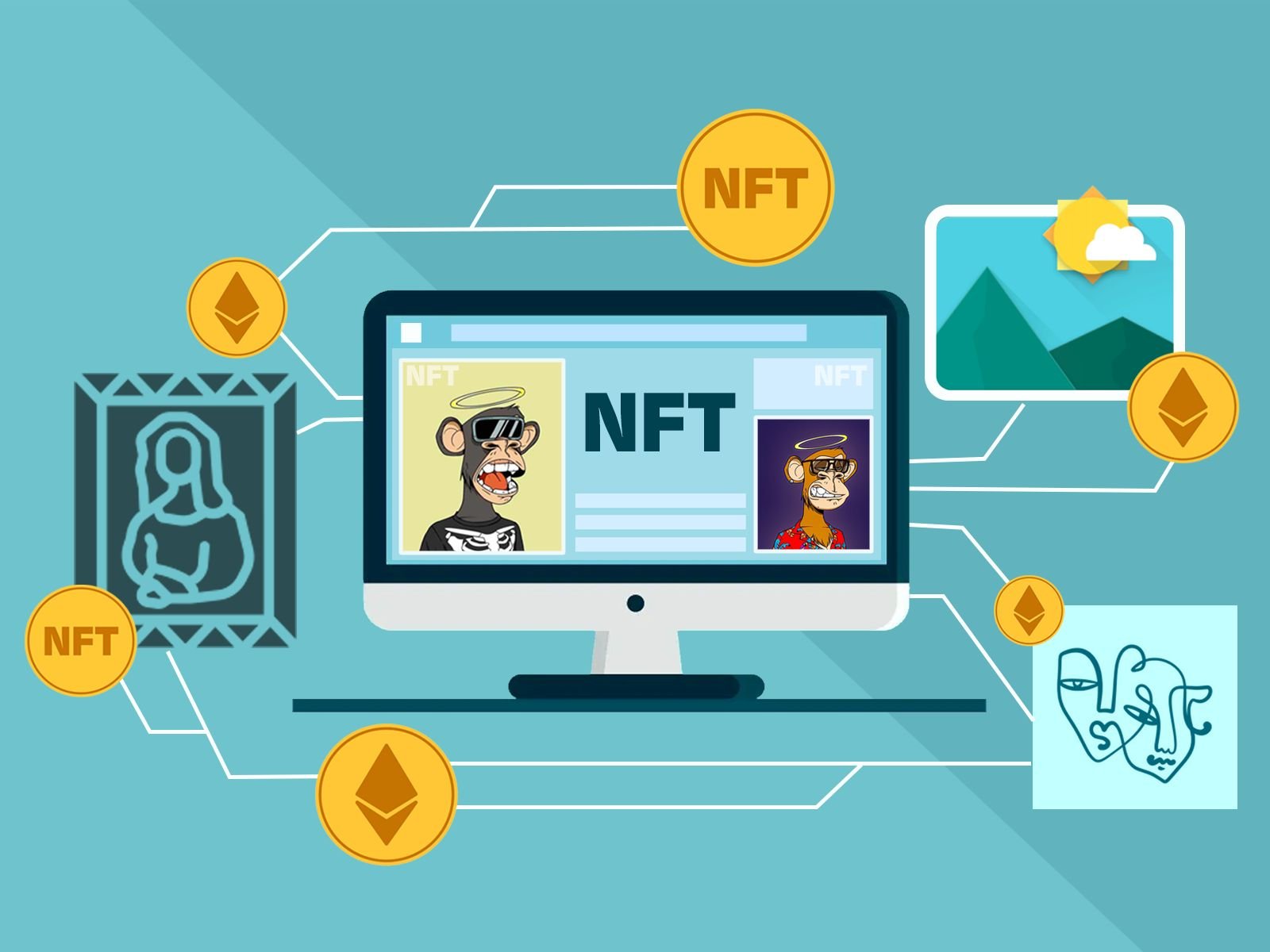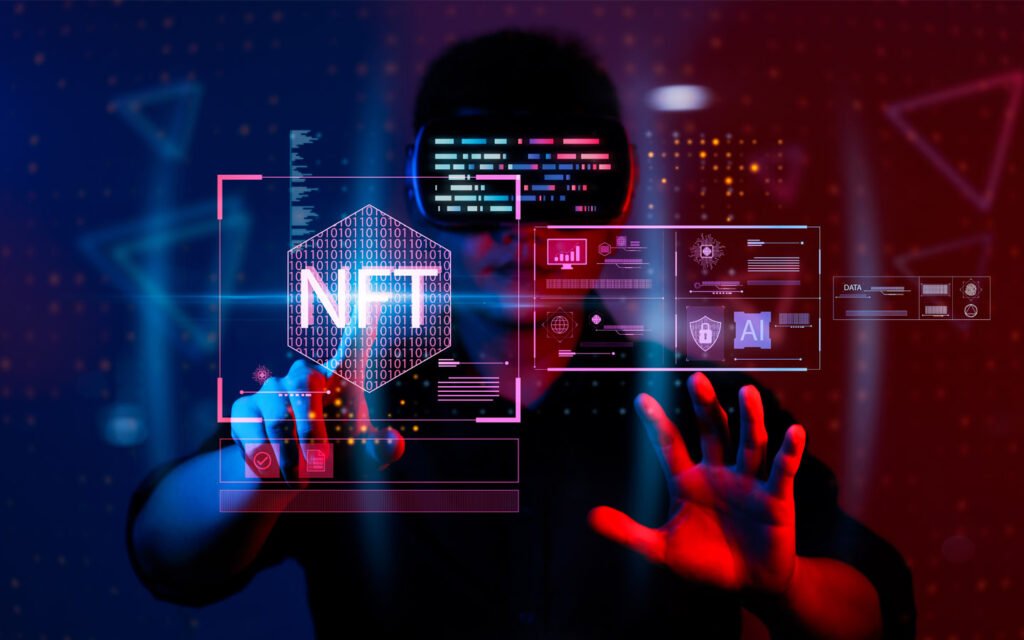The Non-Fungible Tokens (NFTs Revival Innovation) market has remarkably recovered in the past few months, with daily sales volume increasing dramatically. Due to this rise, an industry struggling with uncertainty and mistrust has seen a resurgence in activity, which indicates a return of interest and involvement from investors, collectors, and producers. Many important aspects of the NFT ecosystem are changing, impacting the art world and the digital economy.
NFTs Transforming Culture and Music
At one point, NFTs Revival Innovation was considered an exotic digital asset only crypto enthusiasts and computer scientists understood. But that story has changed drastically since they became a part of popular culture. With the launch of one-of-a-kind digital artifacts and experiences, celebrities, companies, and even major organizations have started to adopt NFTs. Notable partnerships and sales have increased NFTs’ visibility, which has generated interest in the technology on social media and in entertainment news publications.
For example, big names in the music industry have used NFTs to create exclusive content, significantly changing the distribution and monetization of art and music. Because of this change, artists can now have one-on-one conversations with their fans, increasing the value of their work by creating scarcity by selling limited editions or even experiences connected to it.
NFTs Evolving into Interactive Experiences

The growing practicality of NFTs Revival Innovation beyond their original purpose as collectors is a key factor in their recent sales boom. Creators and developers are developing innovative methods to use NFTs in all sorts of apps, which is good news for consumers and businesses. For instance, NFTs can now be connected to VR spaces, allowing owners to exhibit their digital artwork in immersive settings. Furthermore, gamification features are being implemented in certain projects.
Wherein users can acquire incentives or access exclusive material by owning specific NFTs. These advancements highlight a critical change: NFTs are transforming into interactive experiences that include users and promote community rather than just digital assets or static images. Additional features that drive demand and sales include interactive elements such as virtual meet-and-greets with authors, unique event access, and membership in certain clubs.
Social Media’s Impact on NFT Sales
In the realm of NFTia, platforms are essential for determining trends. Artists and makers can reach a large audience quickly by promoting their NFT drops on various channels. Because of how quickly and widely shared social media content may go, particularly impressive ventures can become household names and majorly impact consumer choices. Also on the rise is influencer marketing in the NFT space, where well-known people are advocating particular initiatives, frequently resulting in rapid sales increases.
Twitter, Instagram, and TikTok are just a few channels that have grown in importance for community participation. These channels act as platforms for artists’ work and enable real-time interactions between consumers and creators. Up-and-coming and well-established artists can greatly benefit from this elevated profile, which allows them to reach a wider audience and boost sales.
NFT Marketplaces Simplify Access

The proliferation of user-friendly platforms makes it easier than ever for individuals to purchase, sell, and trade NFTs. Thanks to platforms like OpenSea, Rarible, and Mintable, buying NFTs Revival Innovation has never been easier, and anyone with a basic understanding of blockchain may join the market. As these marketplaces expand and evolve, they introduce new tools and features that improve accessibility and user experience.
Also, additional cross-chain compatibility means NFT transactions can happen on other blockchains. As a result, more individuals may view them and participate. Because of this compatibility, artists and collectors can move freely across ecosystems, which boosts sales as more diverse consumers join the market.
NFTs A New Frontier for Investment
Similarly, the current economic situation is affecting the NFT sector. Many investors are looking to NFTs Revival Innovation to diversify their portfolios as they explore more alternative investment possibilities. Although art markets have long catered to the well-to-do, NFTs level the playing field by making digital art accessible to everyone, opening up this dynamic asset class to a wider range of investors.
Additionally, investors looking to liquidate their digital assets have contributed to the proliferation of NFTs and the emergence of decentralized finance (DeFi). Another way NFTs are becoming more integrated into the financial system is through NFT collateralization, which allows holders to borrow against the value of their NFTs. As gaming, finance, and art intersect, diverse investments drive everyday sales volume.
Challenges Facing the NFT Market
Even with the good progress, the NFT market still faces obstacles. Copyright, environmental effects, and market instability are ongoing concerns. Concerns over the validity and provenance of digital art also call into question the sustainability of NFT valuations. Furthermore, regulatory oversight is anticipated to escalate as the market expands, with various institutions and governments assessing the best ways to incorporate and oversee NFTs inside preexisting financial systems.
Last but not least, the dramatic rise in daily NFT sales volume indicates larger social trends toward digital ownership, the emancipation of artists, and community involvement. Fans and investors have an exciting journey ahead of them as the industry and technology advance, increasing the immense potential of NFTs Revival Innovation to revolutionize multiple sectors.
[sp_easyaccordion id=”4298″]


